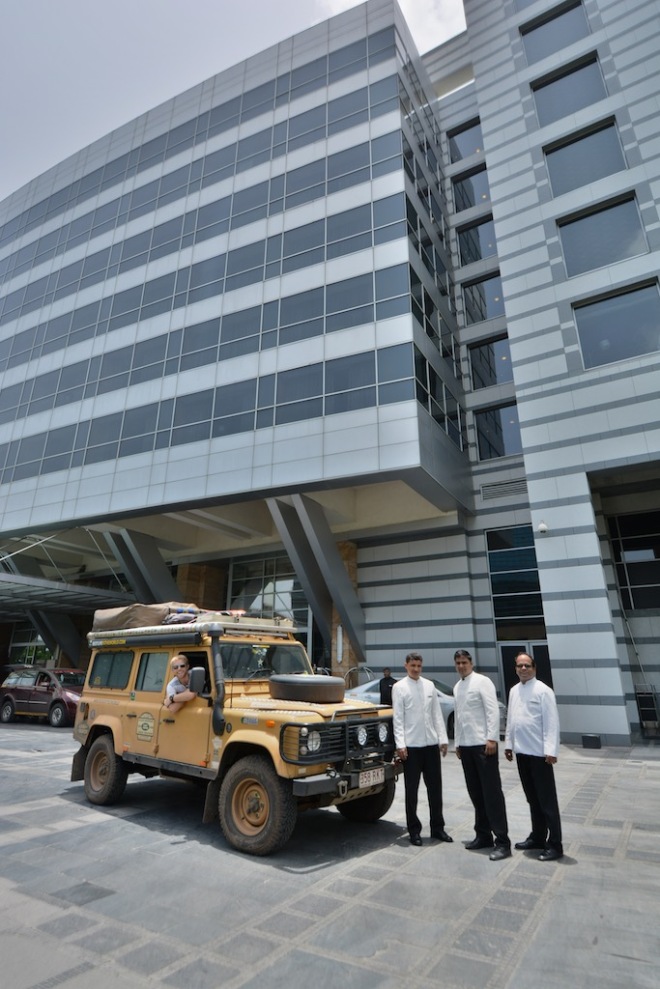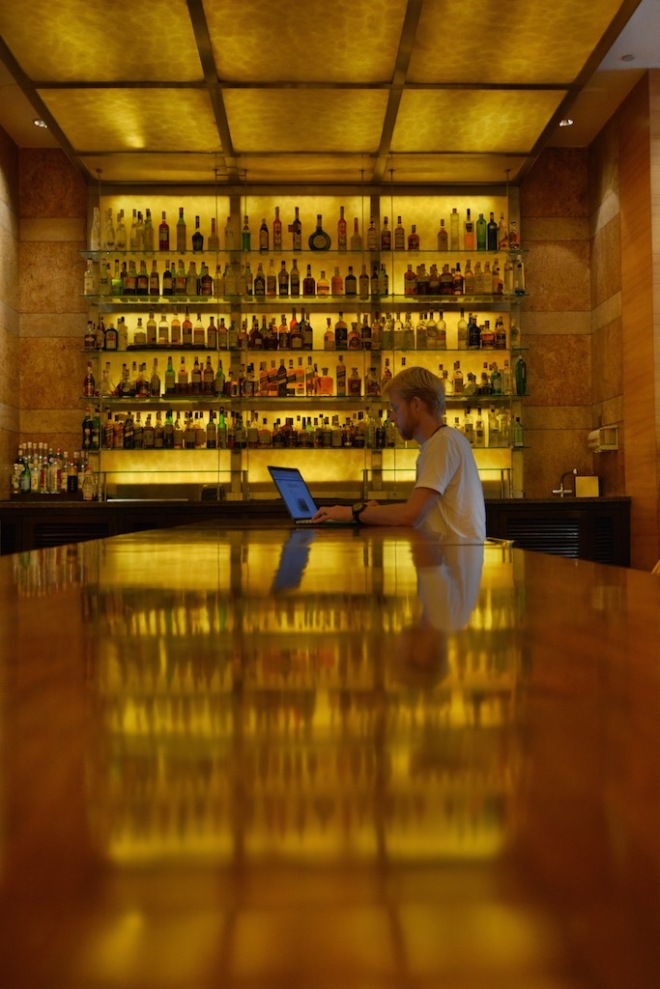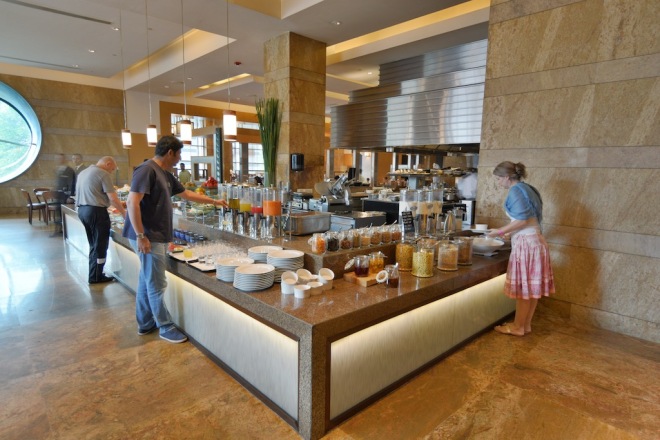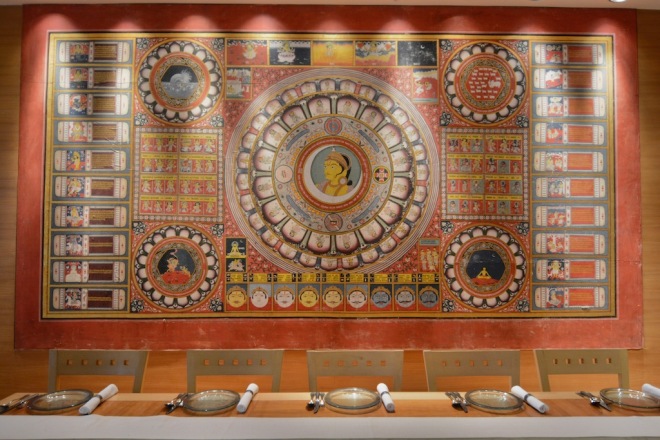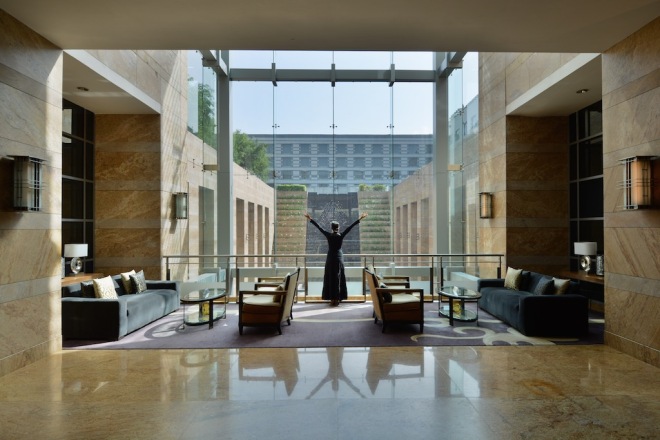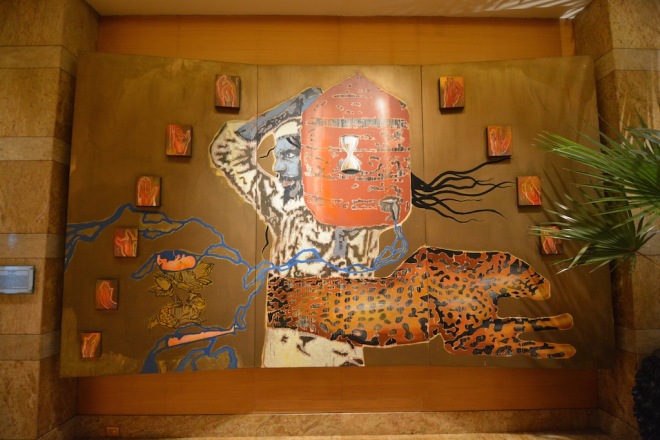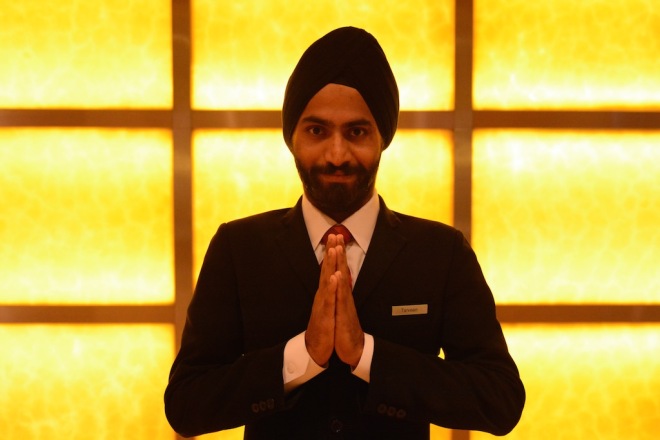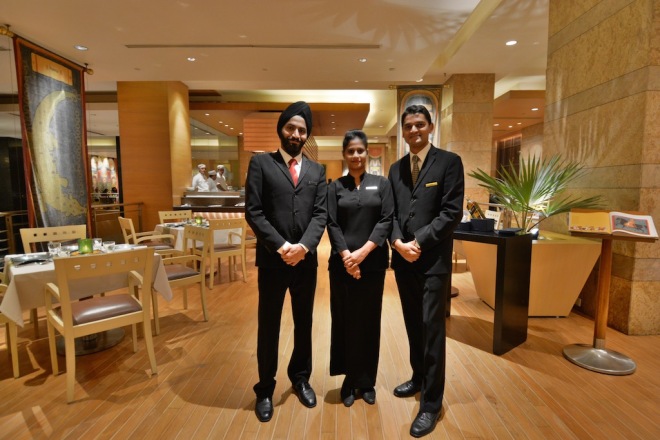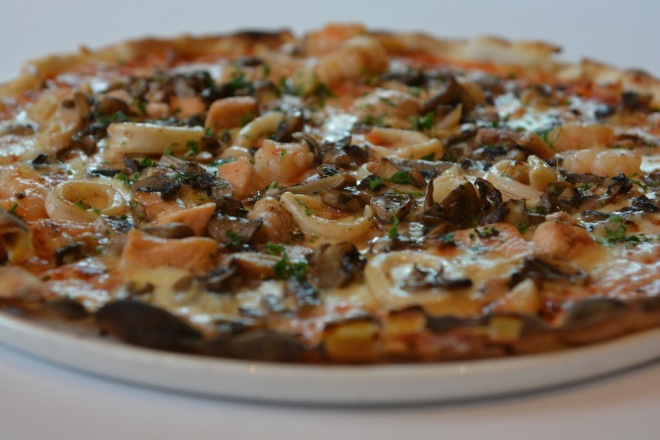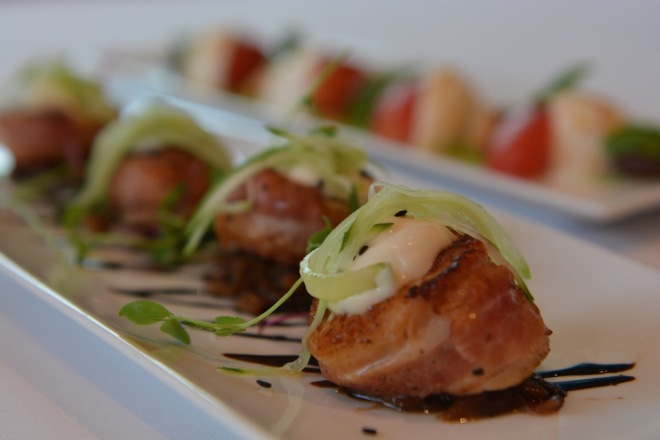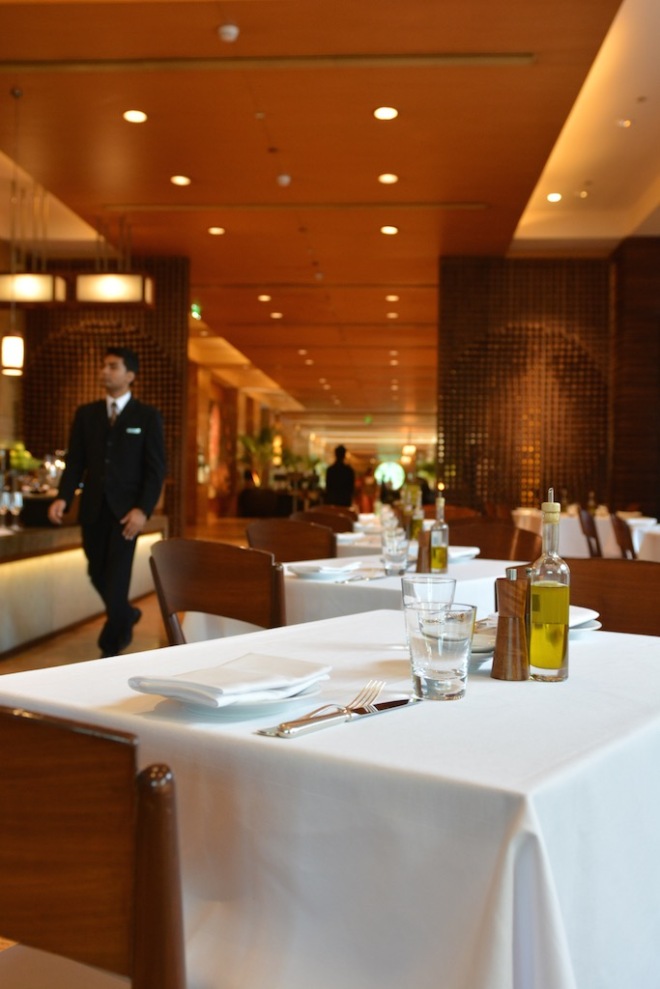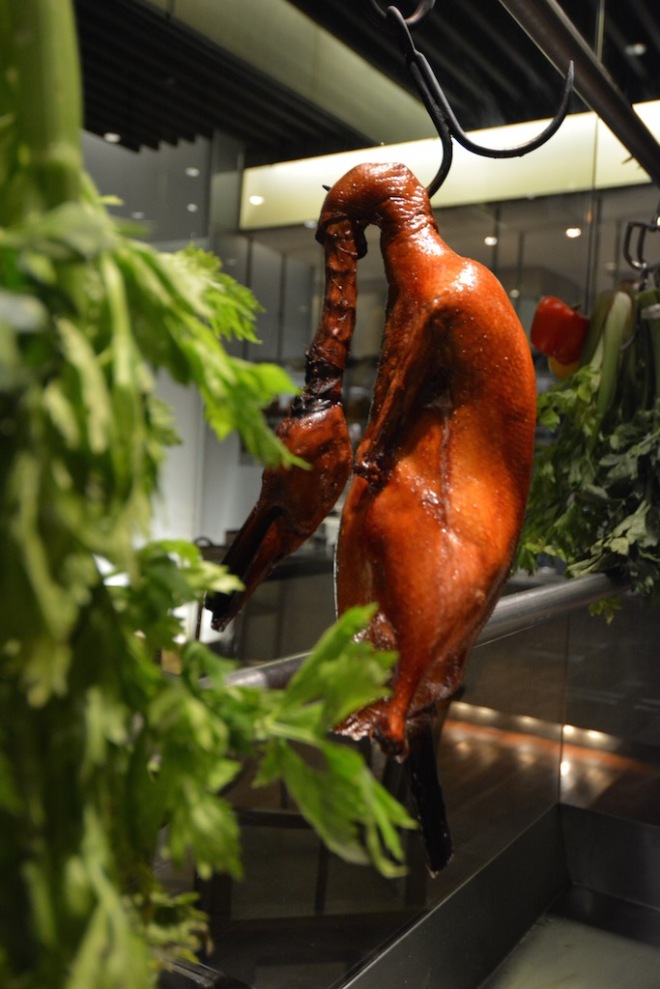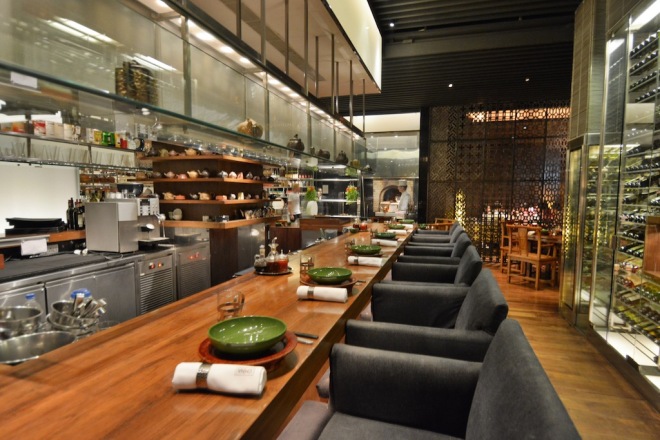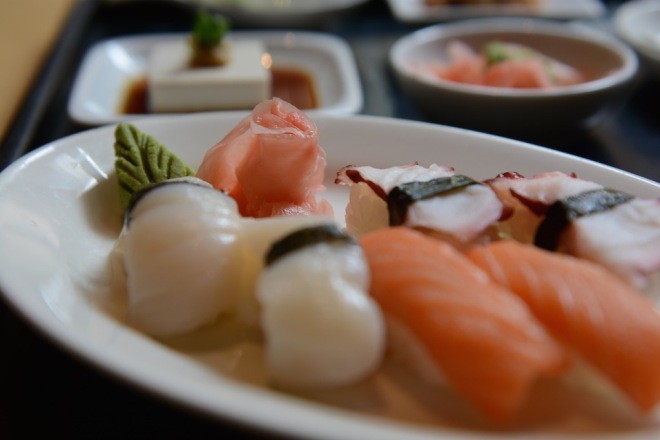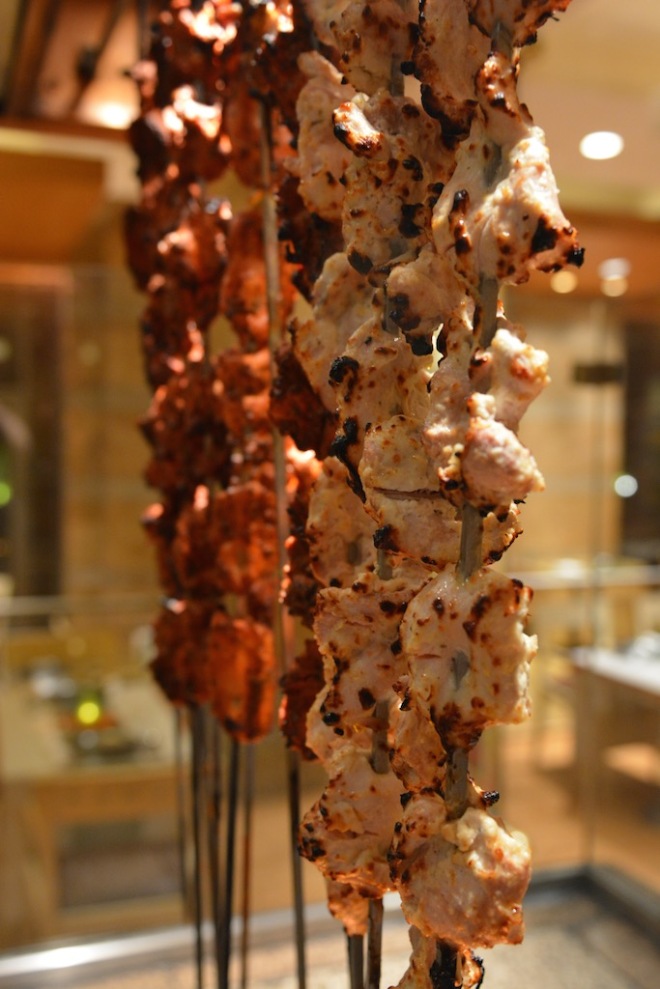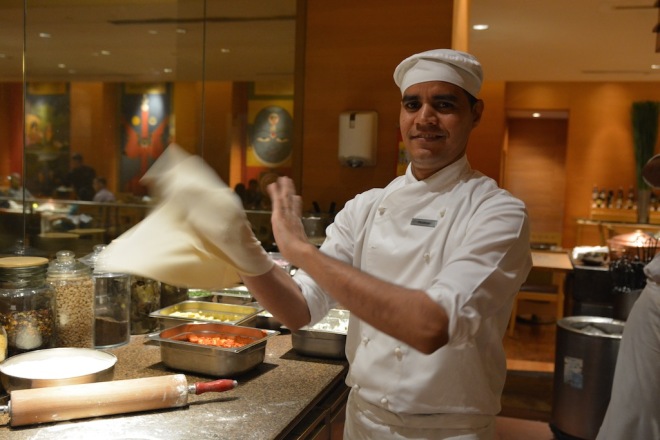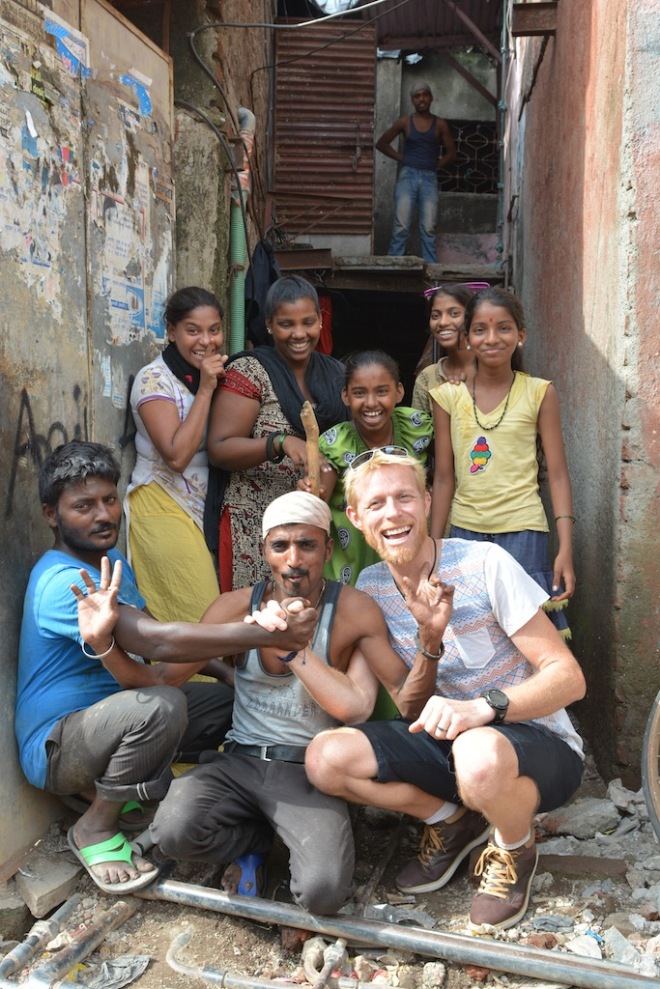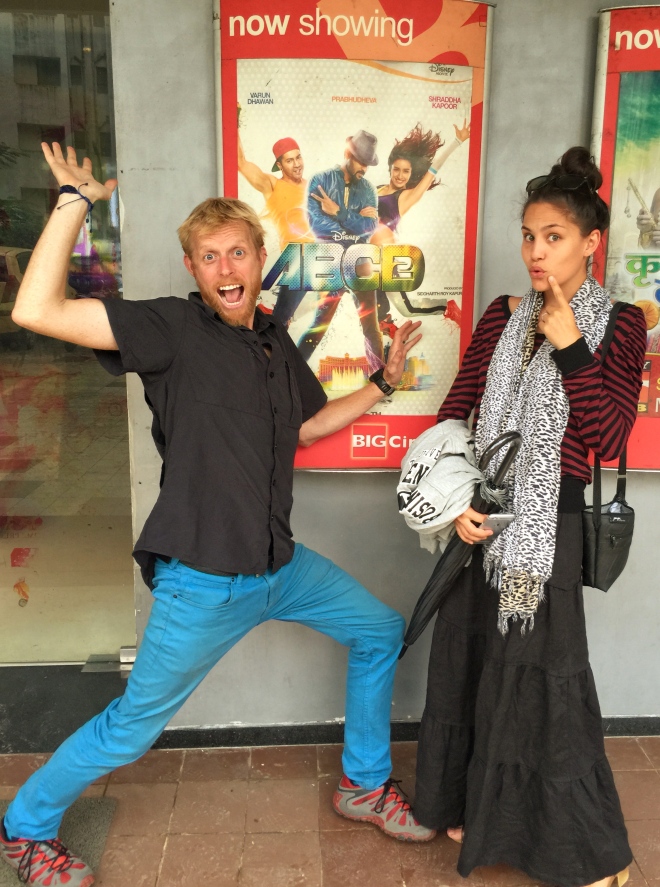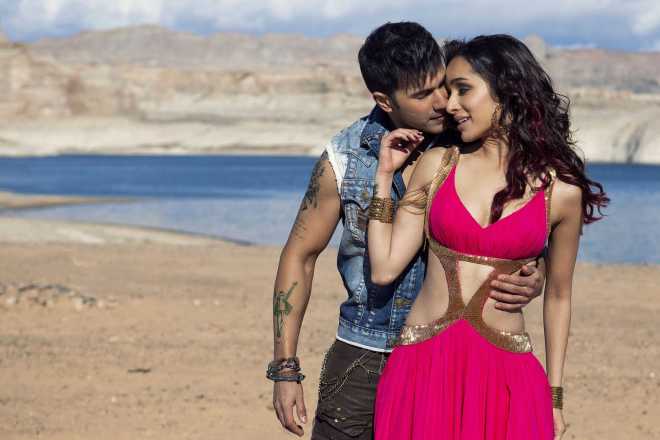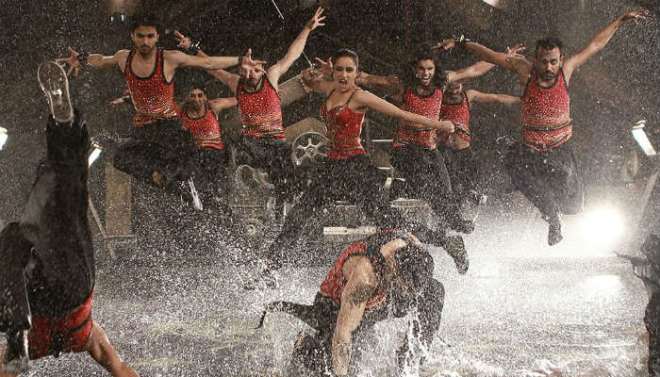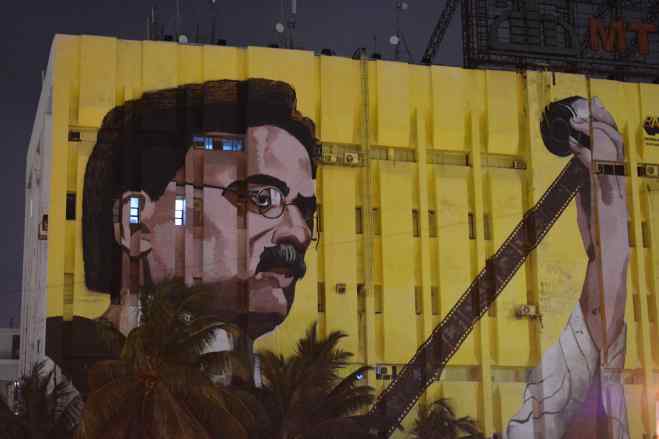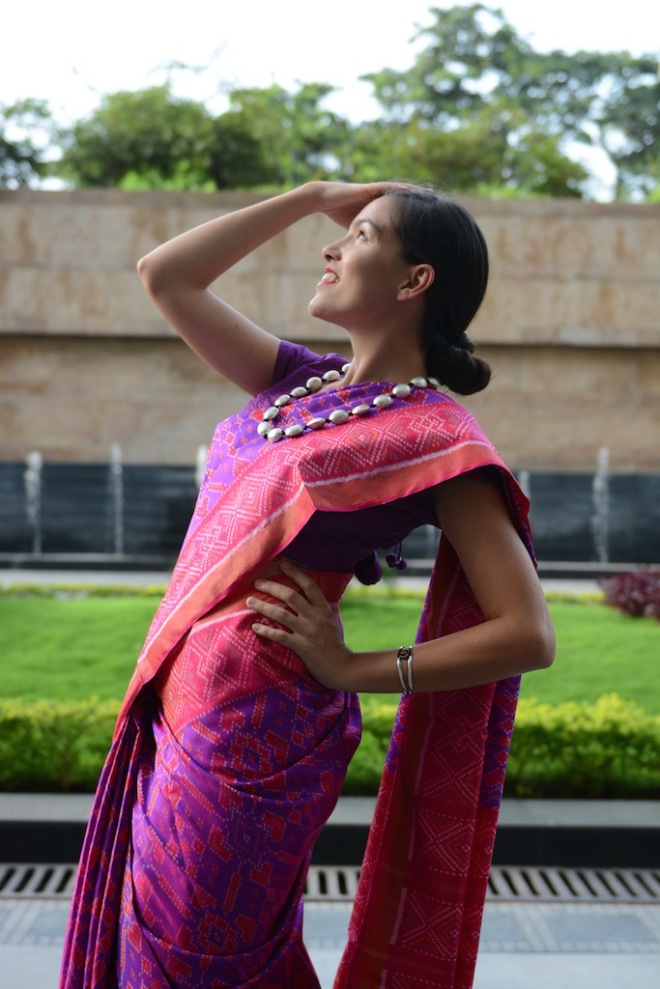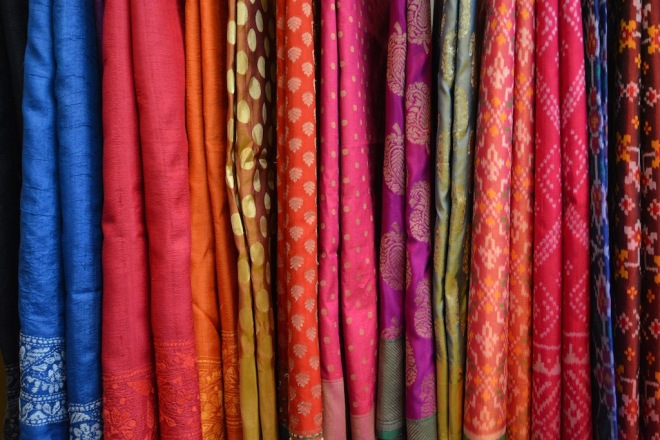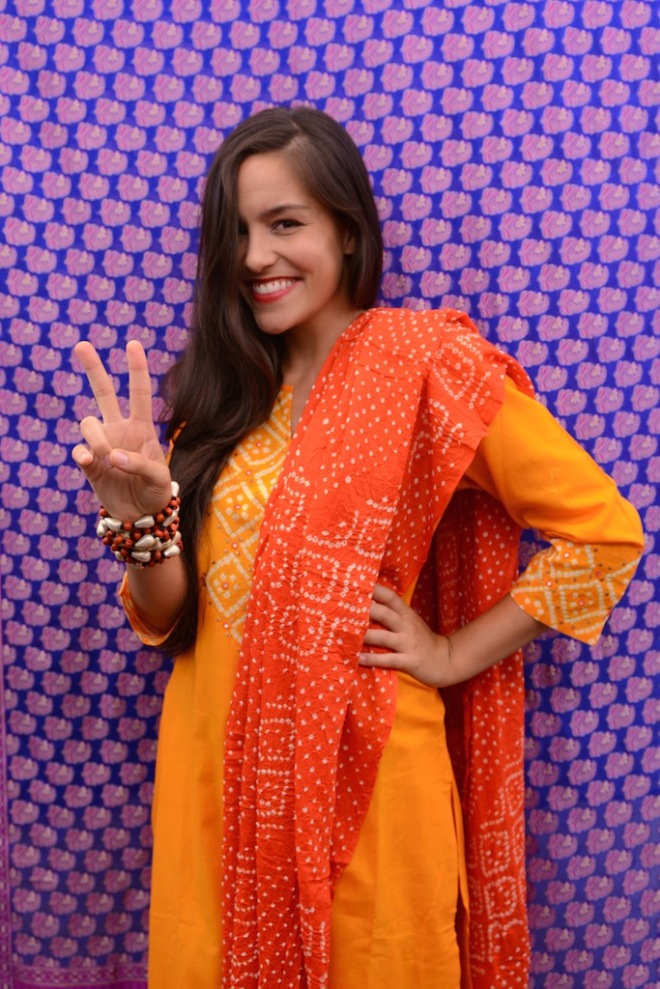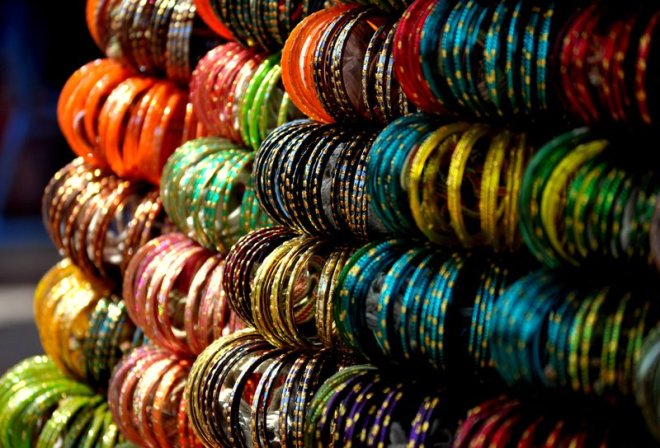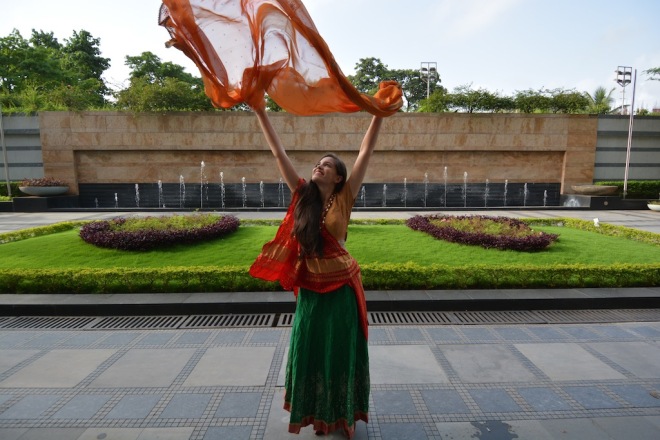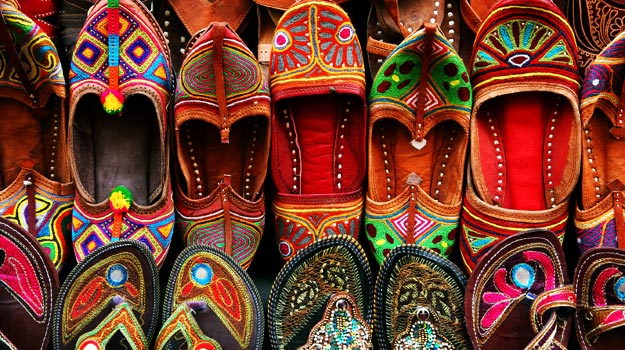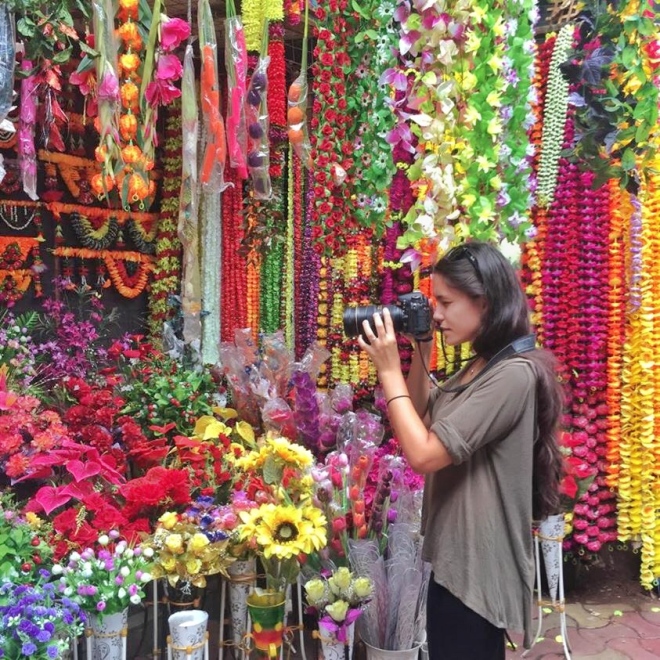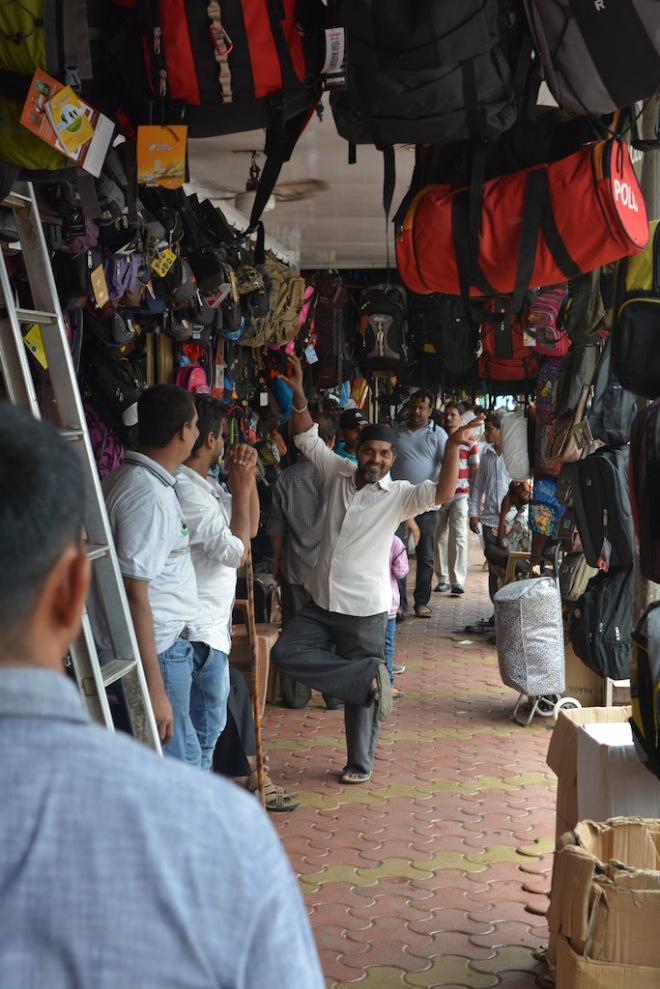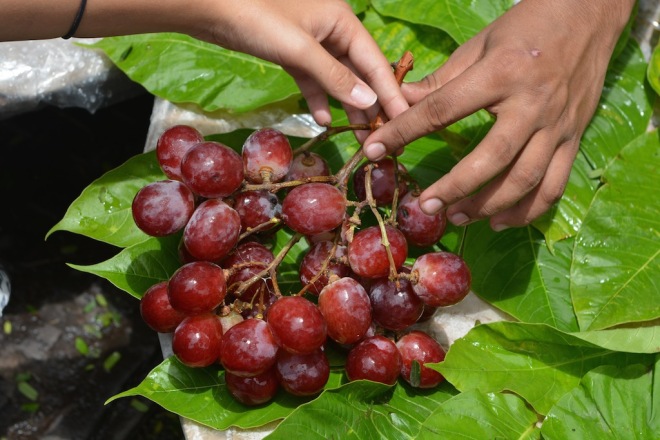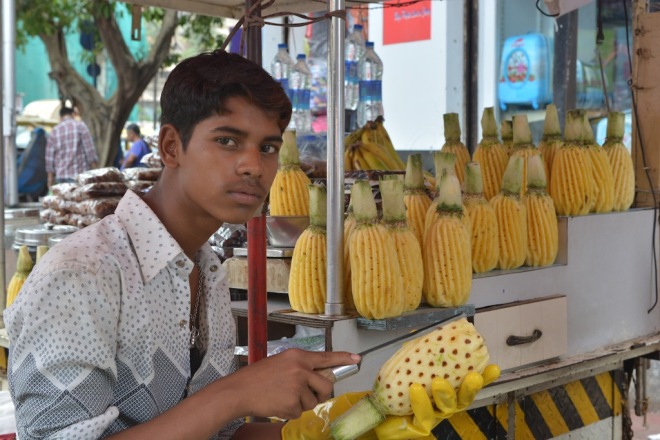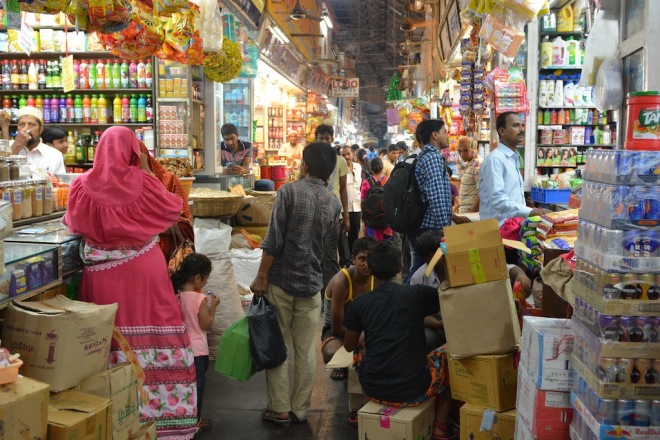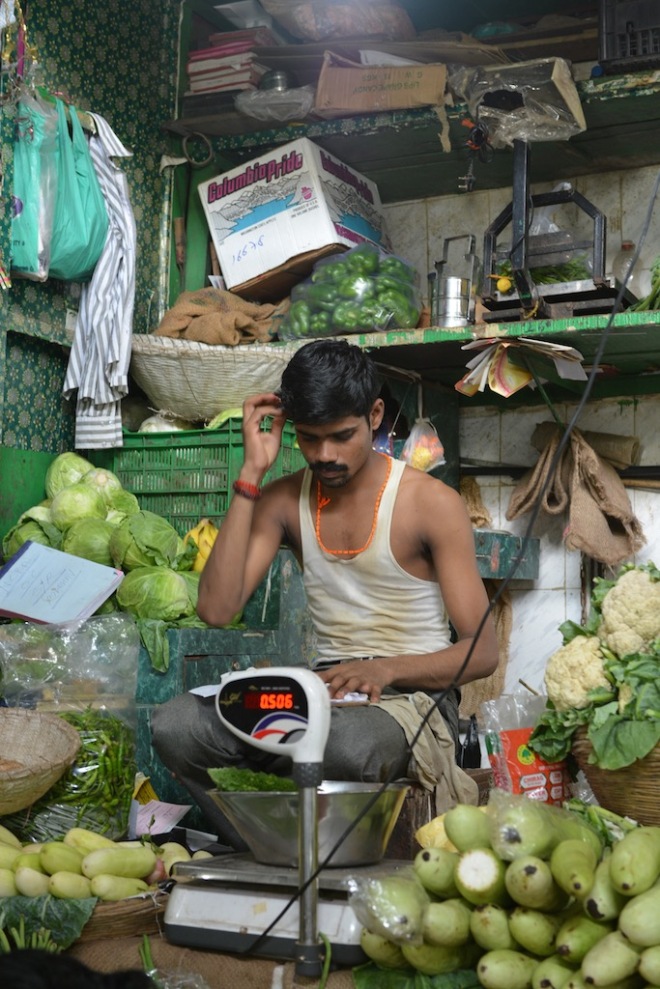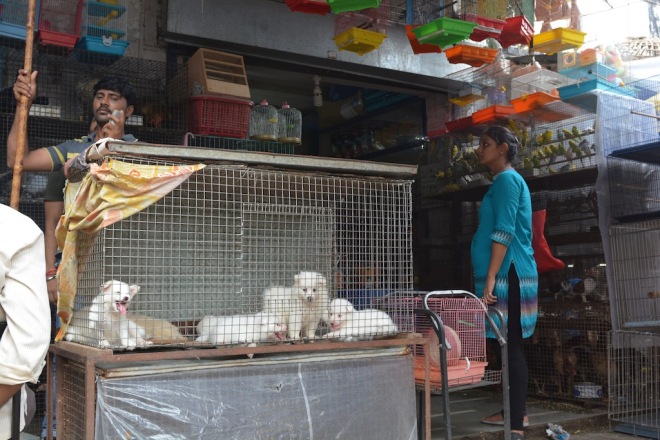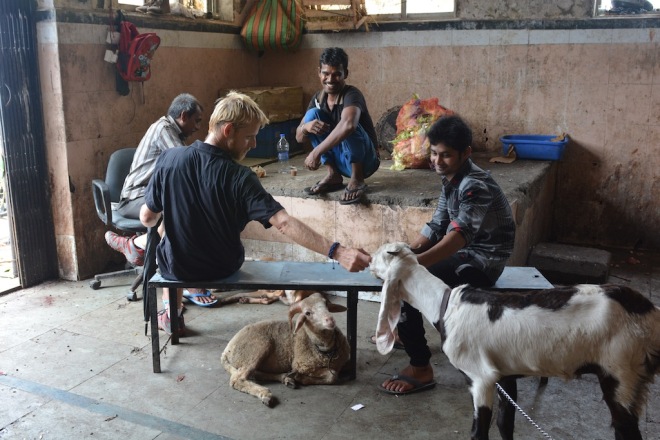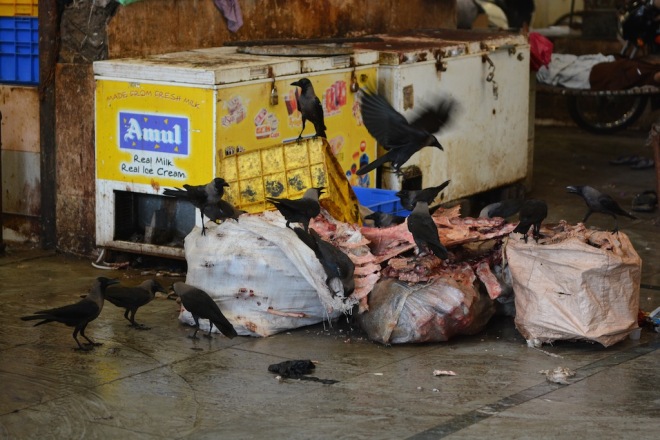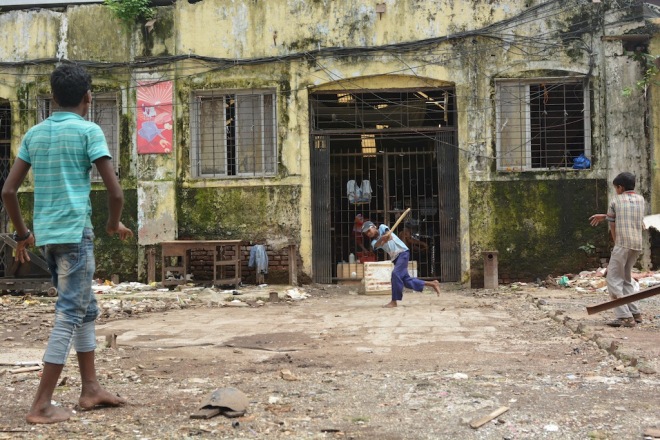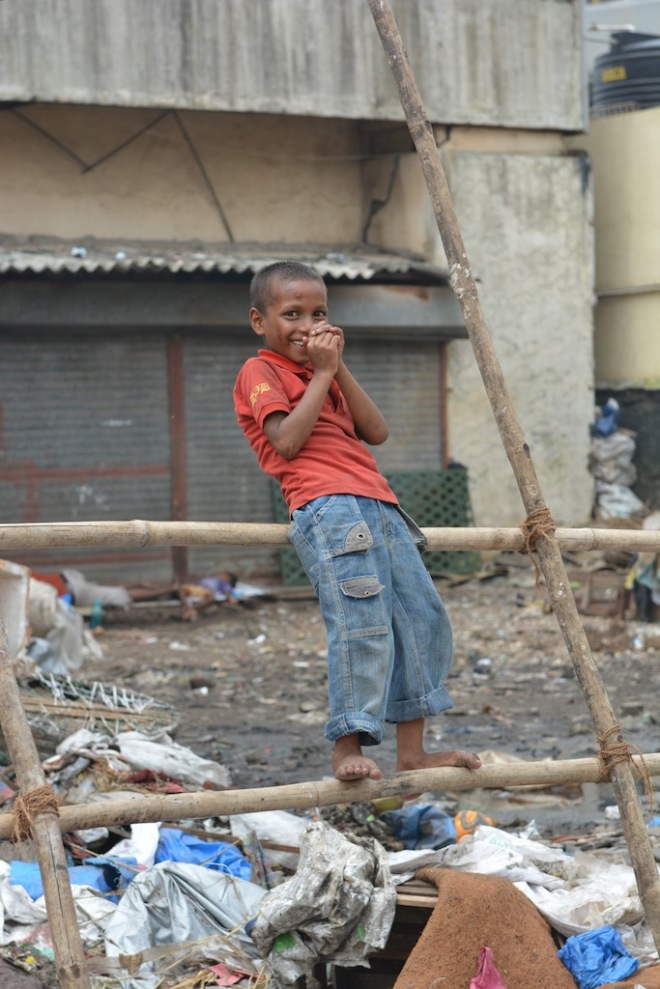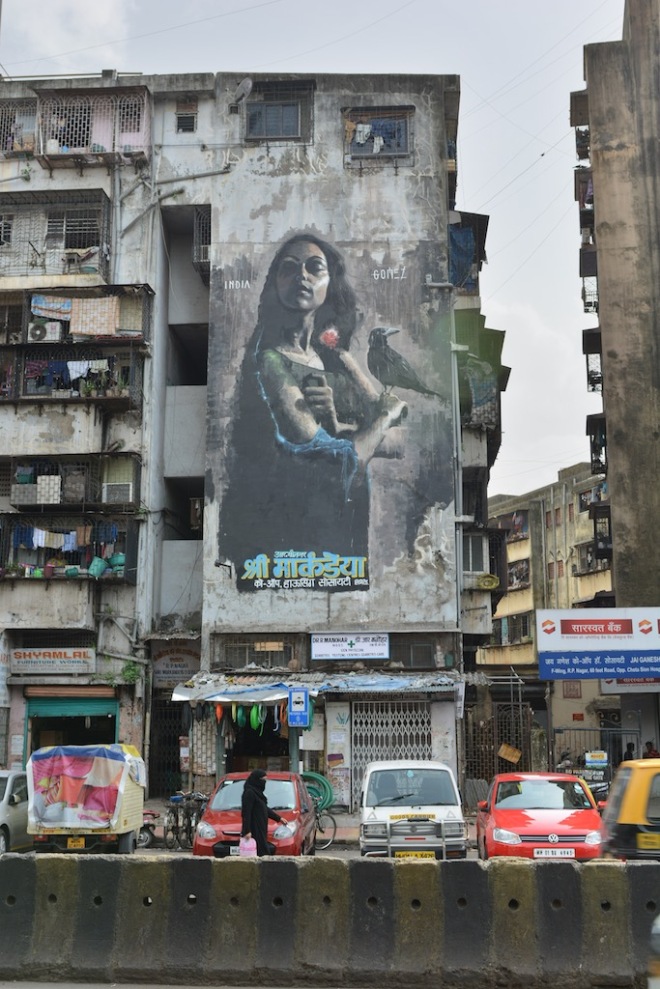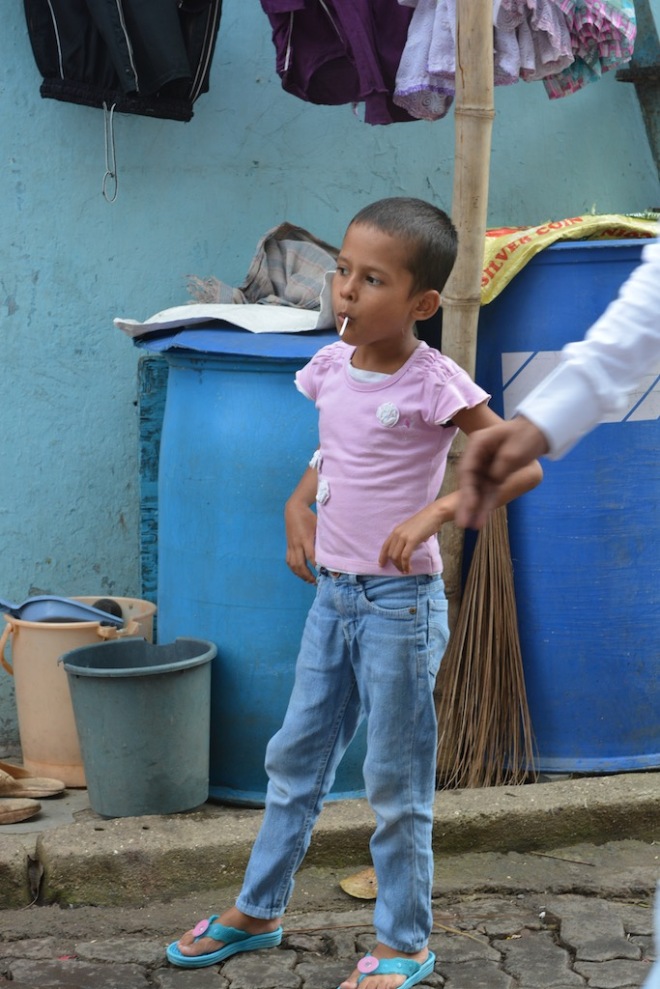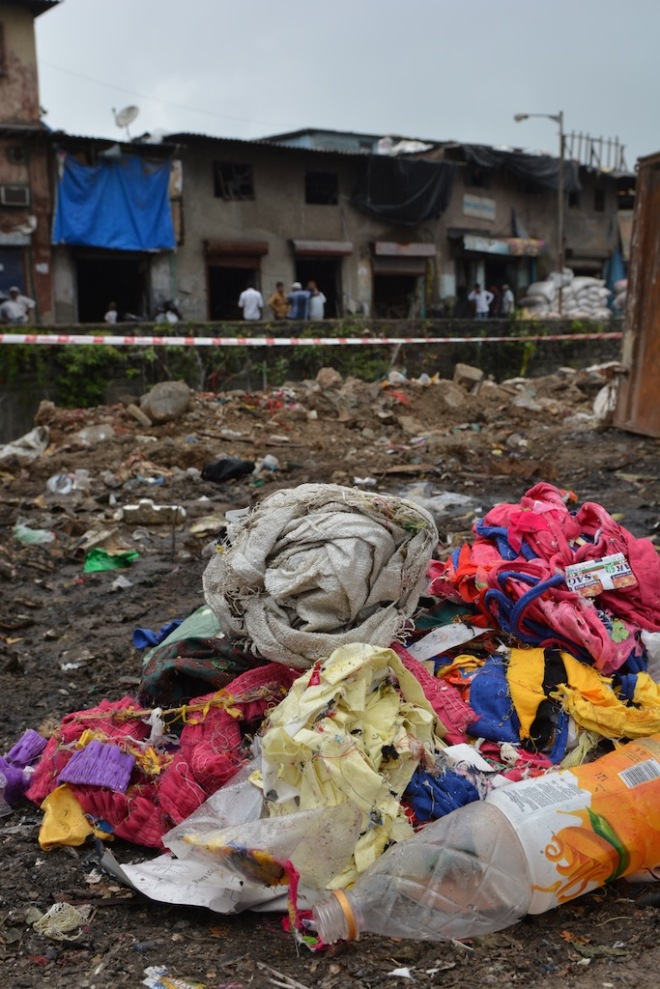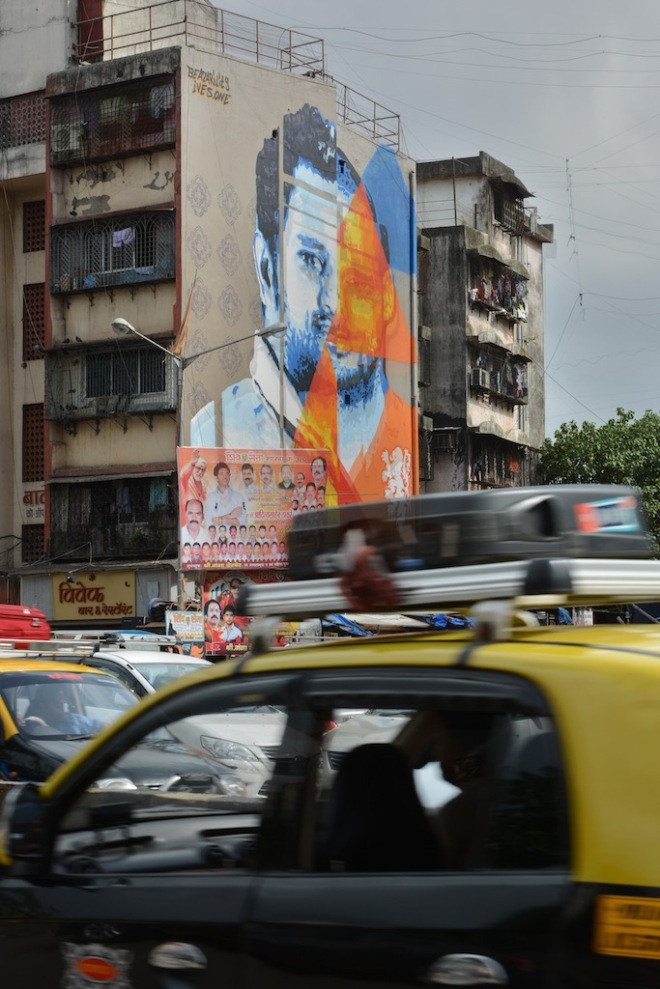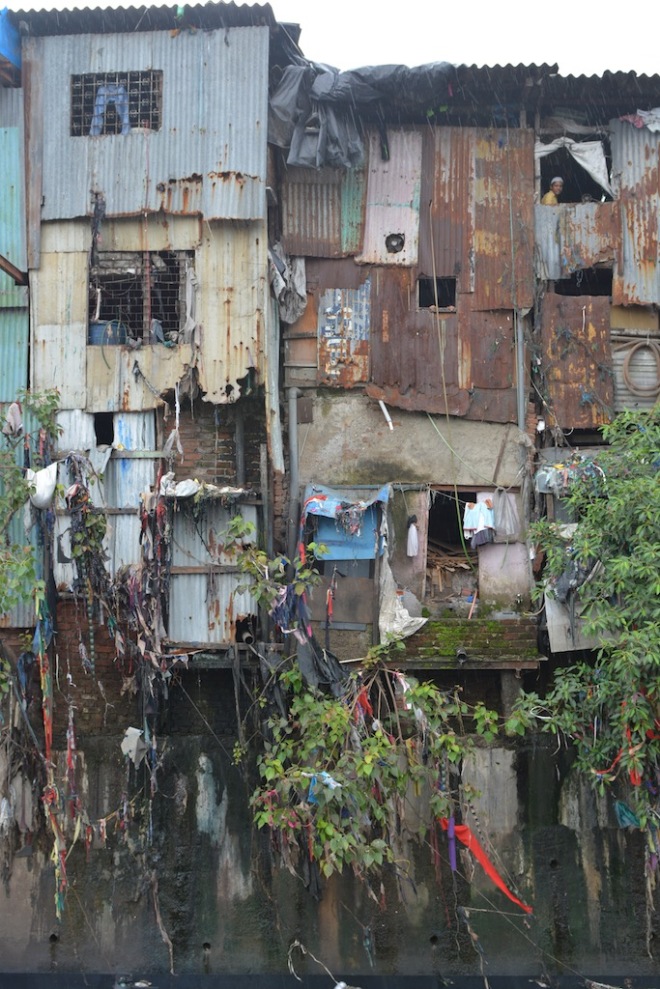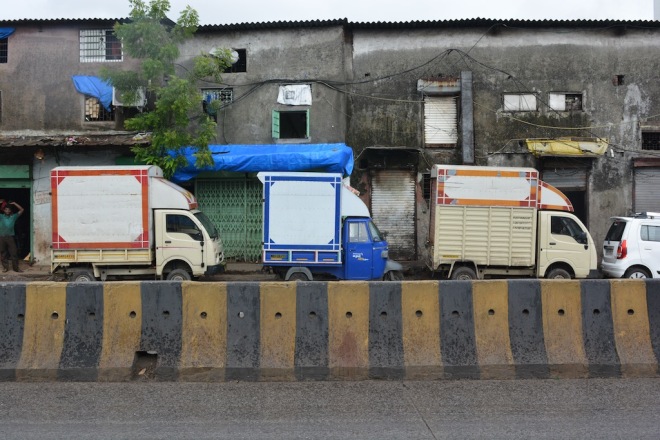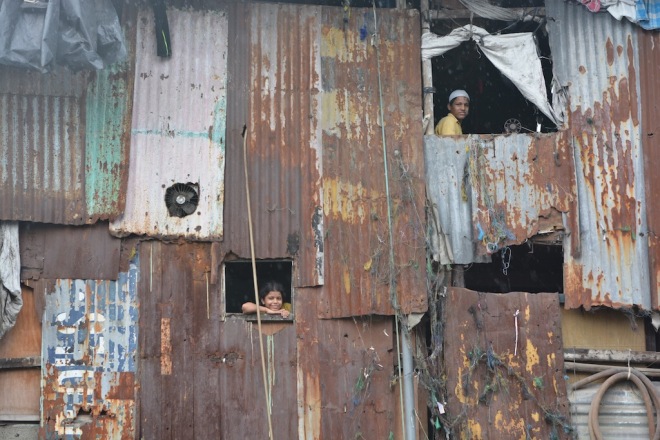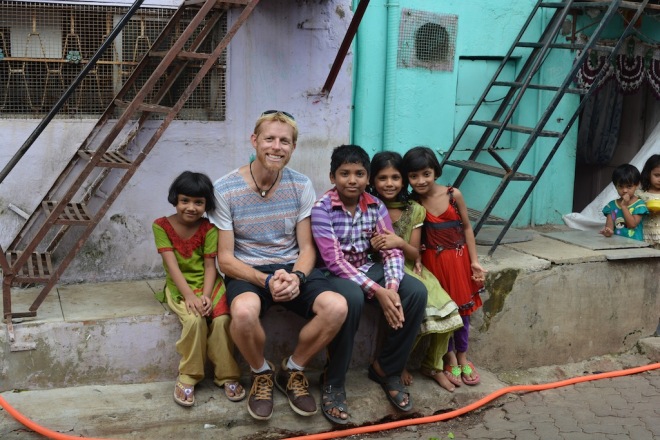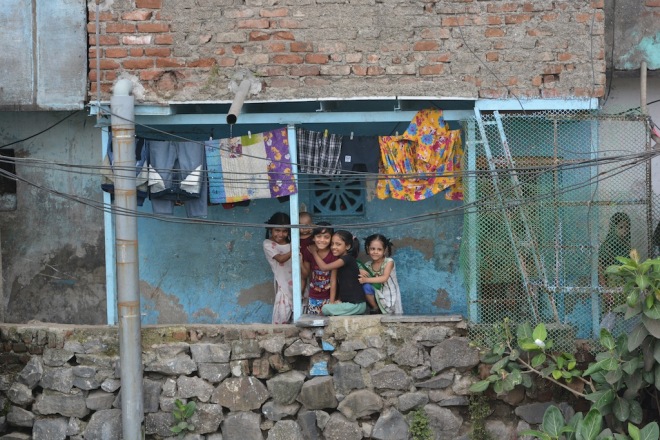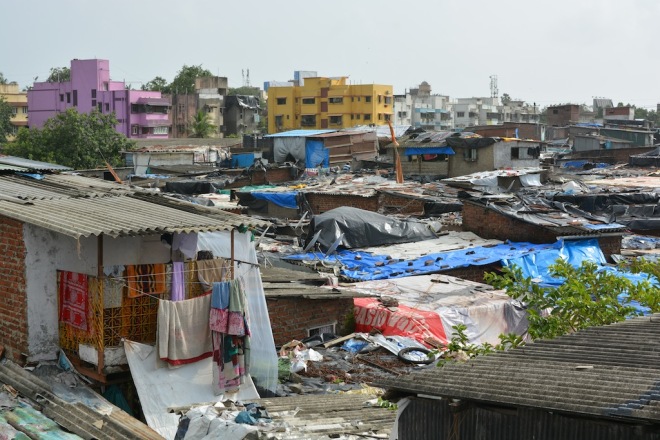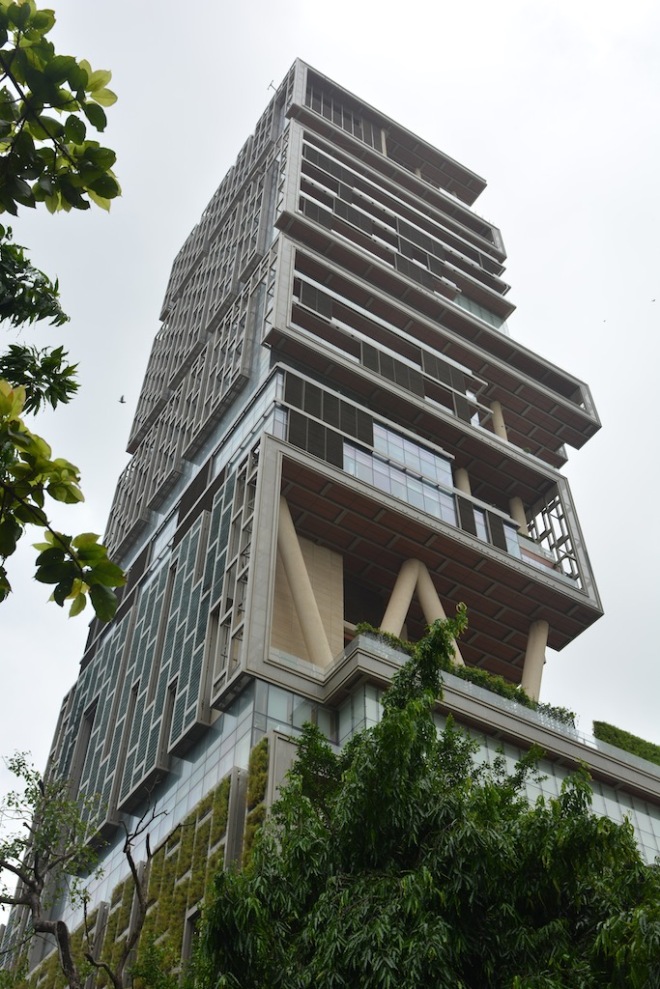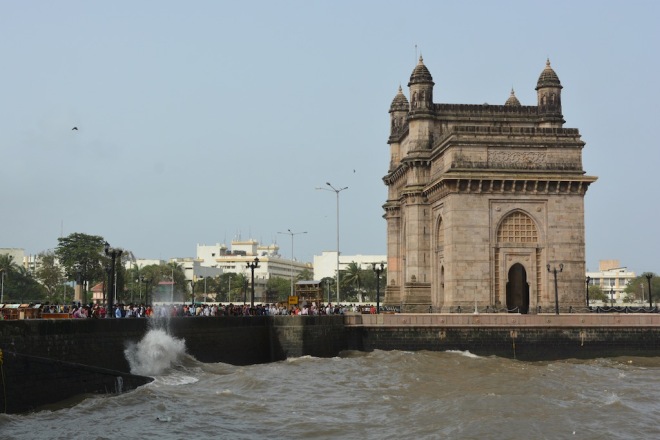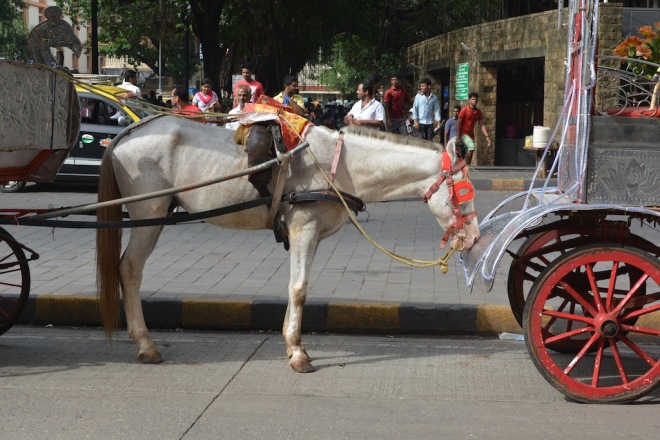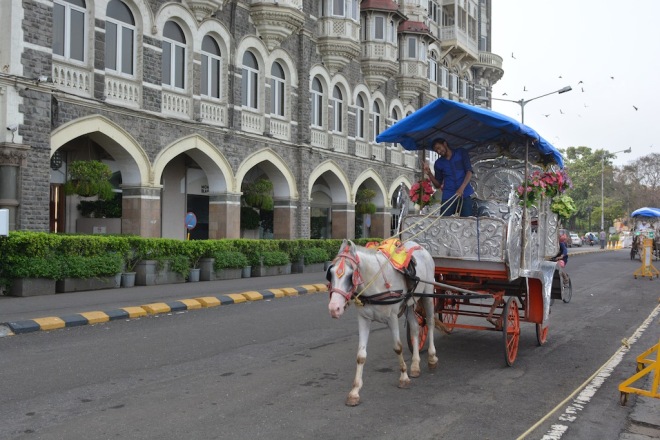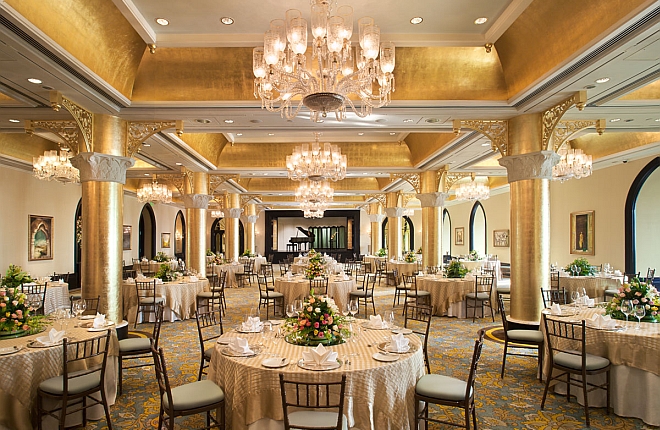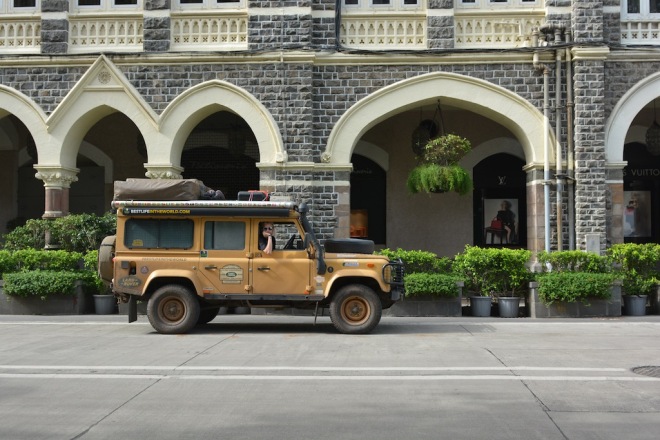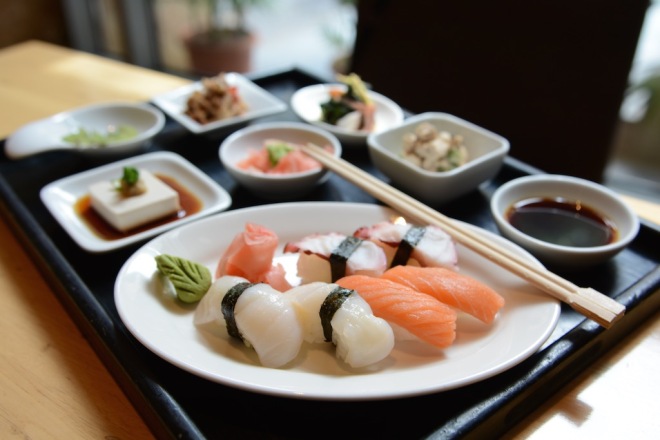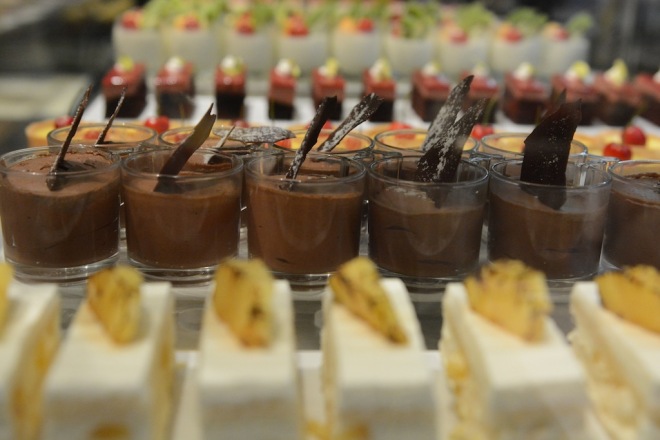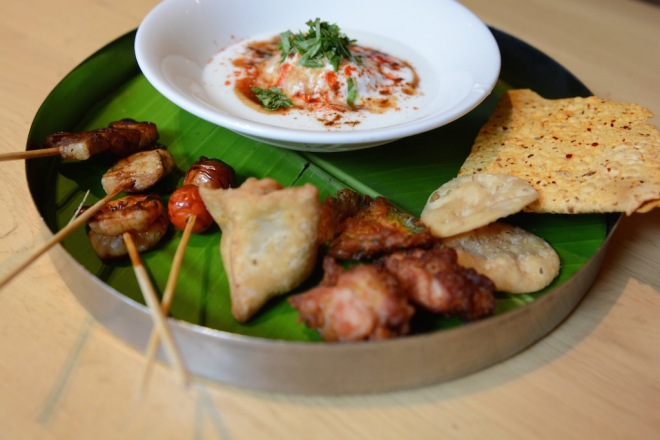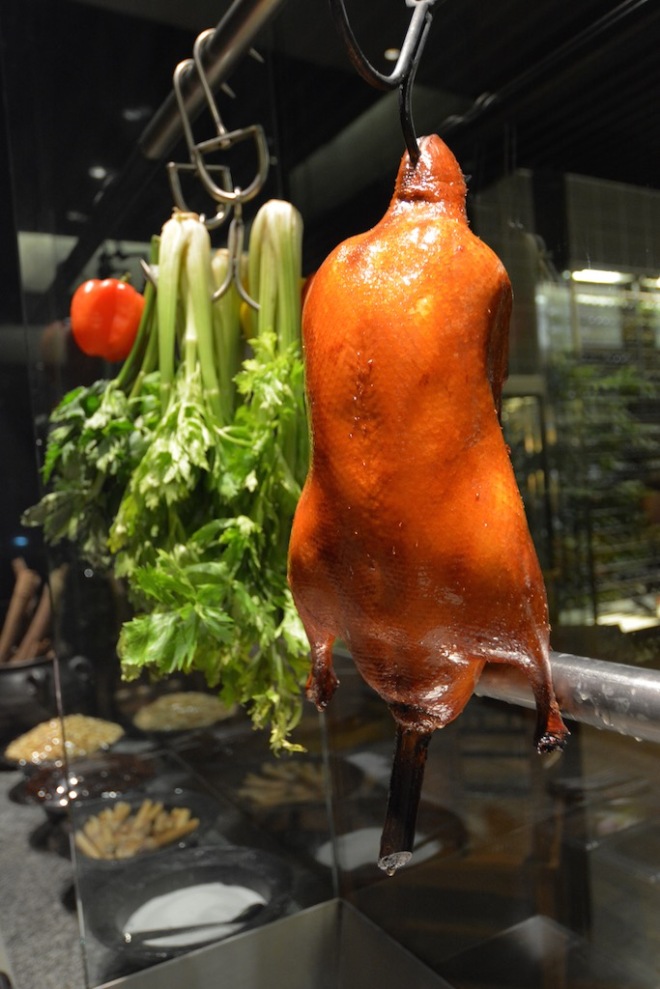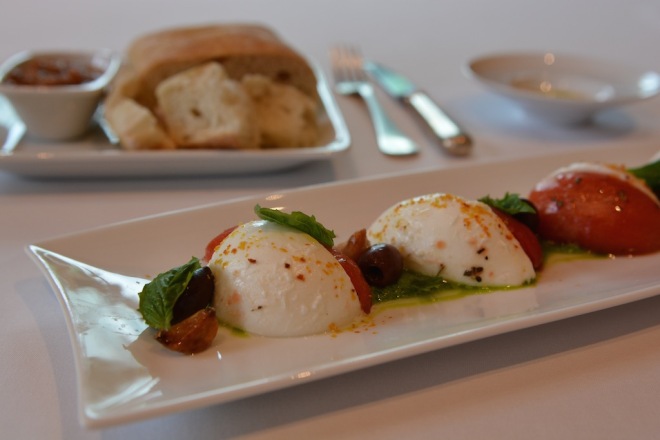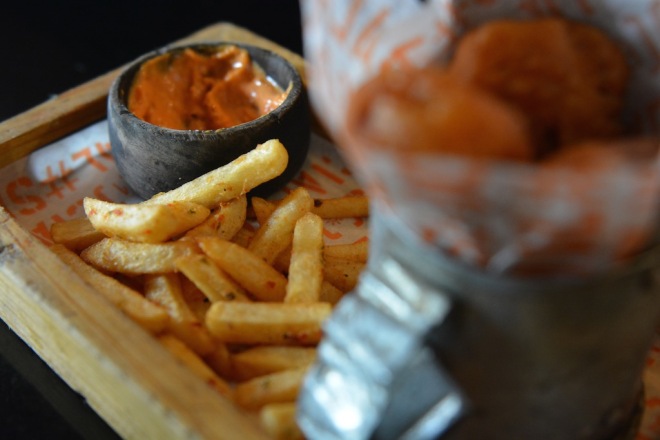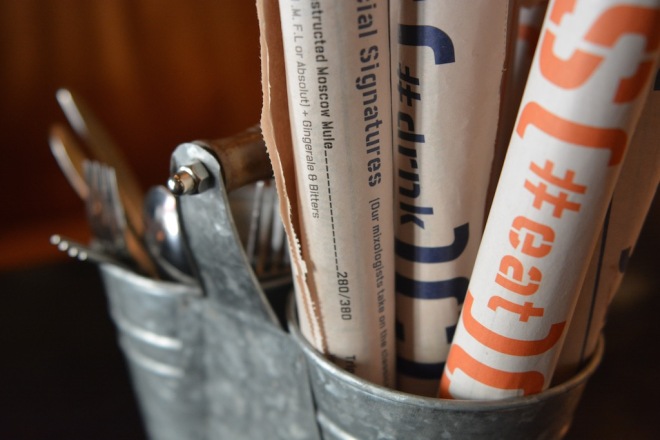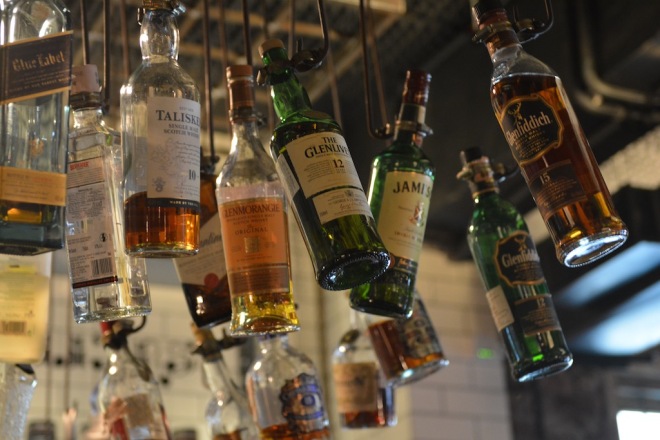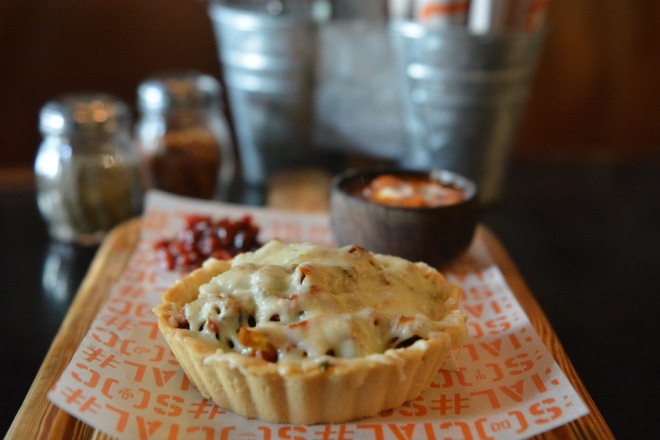How would you describe it? Seamless, practical, cultured, visionary, and well-resourced.
Who’d love it? International business folk, from singles to conferences groups, would feel right at home. The Grand Hyatt is a hop, skip and jump away from the airport and merely 5 minutes away from Mumbai’s business hub (the Bandra Kurla Complex). Home to several meeting rooms, state-of-the-art technology, a mammoth ballroom, high-quality catering and an events team, this hotel would be a perfect place to host a conference.
How were the rooms? Elegant and understated. The Grand Hyatt knows how to make its rooms luxurious without being ostentatious, so guests feel completely at home. While the design is more functional than other Grand Hyatt’s, catering for a practical business market, they are still cosy and inviting.
How was the service?
Practically unparalleled in its professionalism. But, that’s not to say the staff weren’t warm and friendly. In fact, they were absolutely delightful, having a polite yet childlike enthusiasm towards guests. They seemed genuinely interested in my travels, eagerly asking questions but wary of being too intrusive. The staff (especially the chefs) also loved explaining their role at the Hyatt; it was wonderful to see their passion.
While service at the Grand Hyatt seemed “no fuss” on the surface, the staff were undoubtedly working hard in the background to keep guests happy. Their attention to detail was highly discrete, so Ben and I barely noticed when tasks had been performed to make our stay as comfortable as possible. While taking a tour of the hotel complex, we passed a store which happened to stock Vegemite. I let out a squeal of delight at the time, in true “Aussie abroad” fashion. During check out, Ben and I were treated to a beautiful gift box containing the best road trip goodies imaginable, including: muffins, baguettes, gourmet chocolates, doughnuts and…a jar of Vegemite. We’ll never forget the kind, personalised gesture.
What were the highlights?
It’s hard to go past the food. Standing at the Grand Hyatt’s restaurant nexus, Ben and I couldn’t decide which fine dining option to indulge in…so we made our way through them all, one bite at a time. We started our food tour at the hotel’s international restaurant, Fifty Five East. Our eyes were met by the ultimate world-class buffet, with interactive breakout kitchens serving Thai, Japanese, Lebanese, Western and Indian fare. The dessert bar was deliciously cruel, serving more tantalising sweets than my body could handle (but I wanted to try them all). All I can say, is thank goodness for the Grand Hyatt gym. Ben and I decided right then that we’d spend our time between eating and exercising!
Our next meal was at the highly acclaimed China House Restaurant & Lounge. Renowned for its impossibly tender peking duck, fresh dumplings and extensive tea menu, Ben and I submitted our bodies to yet another gastronomic adventure. In between tastings, we wandered around the restaurant’s dimly lit alcoves, jam-packed pantries and open kitchens. The whole experience transported us to the sensual and alluring backstreets of exotic China.
By the next day, Ben and I were craving simple flavours, so an Italian affair at Celini was in order. We were told the famous, thin-crust pizzas were a must and they certainly didn’t disappoint. It was clear the Grand Hyatt had managed to attract the talents of incredible chefs from around the world. I’d challenge Naples to serve up better pizza than Celini!
Finally, we couldn’t stay at the Grand Hyatt without a meal at its much-loved Indian restaurant, Soma. According to the rumours, Bollywood stars travelled from far and wide to feast on Soma’s Dal Makhani. I must admit, when I placed the first spoonful in my mouth, I lost myself for a moment. The rich, buttery flavour and smooth, velvety texture were completely captivating. Then came the tandoor-grilled lamb. In Ben’s words, it was like the meat had never really been joined to a bone. It was melt-in-your-mouth magic. If you’re a gastronome like me, put the Grand Hyatt (Mumbai) on your bucket list. It’s worth staying here just for the food.
What’s different about the place?
While exploring the vast halls and spaces within the Grand Hyatt, I was delighted to see its walls were lathered in local art. From contemporary pieces to traditional designs, the unique celebration of Indian culture and creativity gave the hotel soul.
Beyond its grand art gallery, the Hyatt also offers more facilities than a mini-city. Beyond the usual suspects (gym, spa, business centre etc.), the hotel hosts serviced apartments and boasts its own international shopping plaza, complete with high-end fashion boutiques, jewellery stores, cafes and beyond. Set on 12 acres of perfectly manicured land and offering a perfect mix of leisure and relaxation, the Grand Hyatt isn’t just a hotel, it’s a lifestyle destination.
How would you rate the overall experience? 9 out of 10 peking ducks.
Resort Details:
Off Western Express Highway, Santacruz (East), Mumbai, India
Tel:+91 22 6676 1234
www.mumbai.grand.hyatt.com
